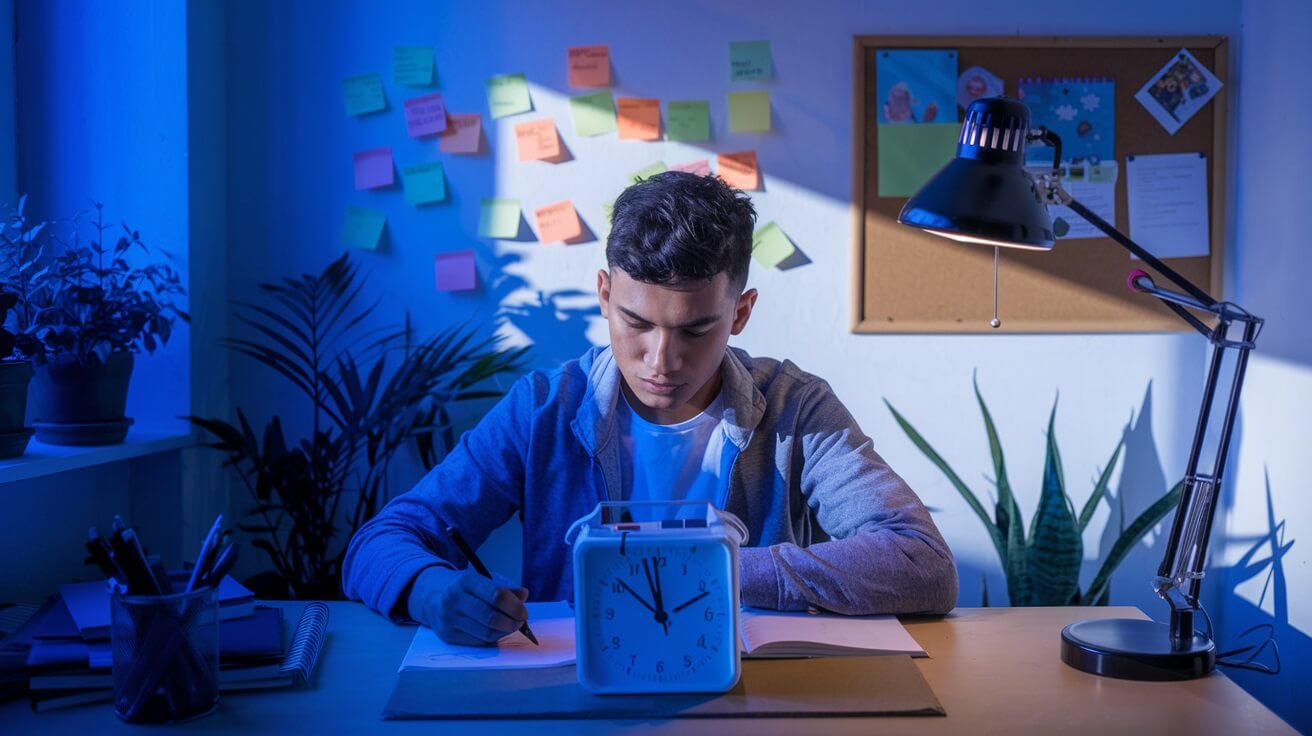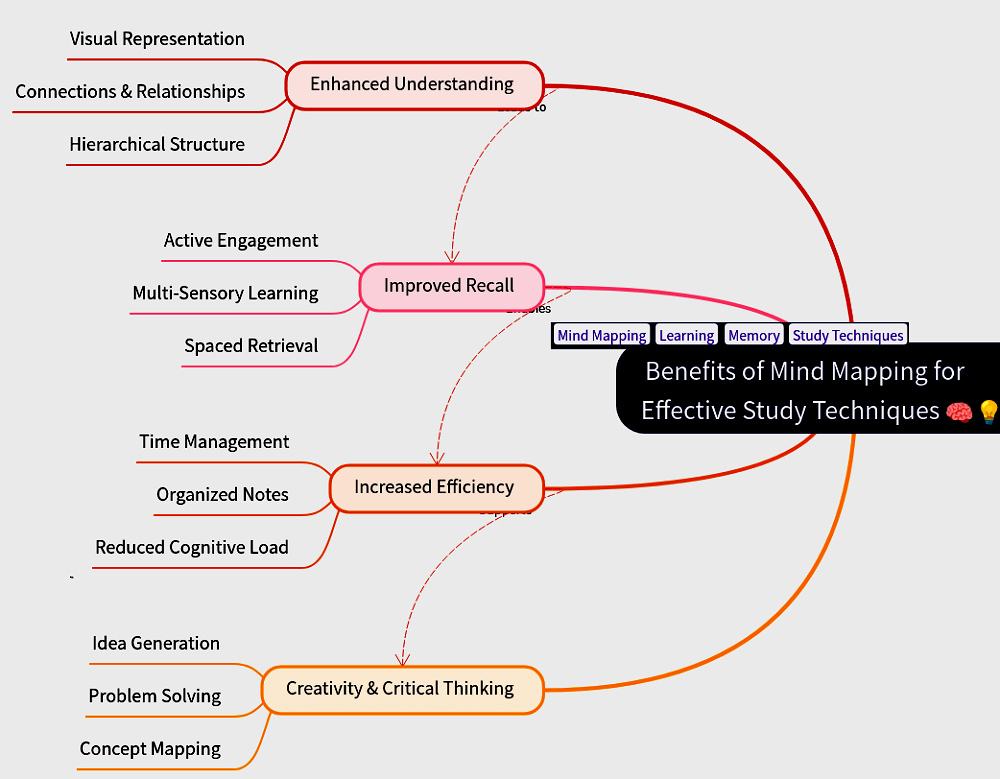
Effective Study Methods for Different Learning Styles – Backed by Cognitive Science
Have you read a chapter repeatedly, only to forget it during an exam? Or did you feel like everyone else grasped concepts faster while you struggled? You're not alone. Many people never discover how they learn best. That’s where learning styles come into play.
Different learners process information in different ways. And when you match your study techniques to your learning preferences—and reinforce them with science-backed strategies—you give yourself an edge. This article explores how cognitive science supports various study methods and how to apply them in a way that works.
What Learning Styles Mean and Why They Matter
VARK Learning Preferences
The VARK model classifies learners based on how they prefer to take in information:
-
Visual learners use images, diagrams, and spatial understanding.
-
Auditory learners benefit from spoken words and sound.
-
Reading/writing learners process text-based input best.
-
Kinesthetic learners learn by movement and touch.
This model, introduced by Neil Fleming in 1992, provides a helpful starting point. While some studies question whether these categories are absolute, they still benefit self-reflection and experimentation.
Evidence vs Preference
A 2008 review by Pashler et al. suggested that there's limited scientific proof that teaching styles matched to learning preferences boost performance. Still, self-awareness and engagement often increase when learners use their preferred methods, which can improve motivation—a key factor in learning success.

What Cognitive Science Tells Us About Learning
How Your Brain Processes Information
The human brain uses working memory to hold small chunks of data temporarily. To truly learn something, that information must move into long-term memory, which can be retrieved when needed. This transition happens through repetition, engagement, and emotional connection.
The Role of Neuroplasticity
Your brain changes with experience. According to the National Institutes of Health, repetition strengthens neural pathways, a concept known as neuroplasticity. This means your brain becomes more efficient at tasks you practice intentionally, mainly when you use different senses and techniques.
Visual Learners: Picture-Based Retention
Signs You Prefer Visual Learning
-
You remember faces better than names.
-
You find diagrams more valuable than written explanations.
-
You visualize content when thinking or planning.
Helpful Techniques
-
Mind maps: These help you organize concepts spatially.
-
Infographics: Use visuals to represent key information.
-
Color-coded notes: Use colors to categorize and recall concepts.
Why It Works
Richard Mayer's multimedia learning theory (2005) found that students who used visual and verbal formats performed better on problem-solving tasks than those using words alone.
Auditory Learners: Learning by Listening
You Might Be Auditory If...
-
You enjoy lectures and podcasts.
-
You find it easier to remember spoken instructions.
-
You talk to yourself or others to clarify thoughts.
What Helps You Study
-
Read aloud when reviewing material.
-
Record summaries and listen while commuting.
-
Participate in discussions to explore ideas.
Supporting Research
A 2011 study by Roediger and Butler emphasized how verbal recall strengthens memory. Learners who vocalized or explained topics out loud retained up to 30% more than those who silently read.
Reading/Writing Learners: Word-Based Thinking
Does This Describe You?
-
You prefer to read textbooks or written instructions.
-
You remember information better when you write it down.
-
You learn by taking notes and summarizing.
Study Tools That Work
-
Bullet-point summaries
-
Note rewriting in your own words
-
Flashcards for self-quizzing
Research Insight
According to Dunlosky et al. (2013), writing summaries in your own words significantly improves comprehension and long-term recall.
Kinesthetic Learners: Learning Through Doing
Characteristics
-
You need to move to think clearly.
-
You understand through physical activity or hands-on tasks.
-
You often fidget or doodle when listening.
Useful Methods
-
Act out concepts or use physical models.
-
Use flashcards while pacing.
-
Try simulations or role-play learning scenarios.
Brain-Body Connection
NIH research suggests that physical movement increases oxygen to the brain, improving focus and retention for learners who engage their bodies while learning.
Multi-Modal Learners: The Flexible Approach
What It Means
You might be a multi-modal learner if you identified with more than one category. You can switch techniques depending on the subject, mood, or environment.
Best Practices
-
Read material (reading/writing),
-
Create a diagram (visual),
-
Record your explanation (auditory),
-
Walk while reviewing notes (kinesthetic).
This layered approach strengthens recall by engaging multiple brain pathways.
What the Research Says About Learning Efficiency
Spaced Repetition
Studying over spaced intervals helps you remember more. A meta-analysis by Cepeda et al. (2006) found that spaced repetition can improve retention by over 50% compared to massed learning.
Retrieval Practice
Testing yourself improves learning more than re-reading. Roediger and Karpicke (2006) demonstrated that practice tests significantly enhanced long-term memory.
Interleaving Study Topics
Mixing topics during study sessions helps with transfer and retention. Dunlosky et al. (2013) recommended interleaving over blocked learning (focusing on one topic only).
Time Management Tools That Support All Styles
Pomodoro Technique
This method involves studying for 25 minutes, followed by a 5-minute break. It boosts focus and avoids burnout.
Timeboxing
Allocate fixed time blocks for each task. This makes study sessions more structured and goal-driven.
Why It Matters
Cognitive load theory (Sweller, 1988) supports breaking work into chunks. This avoids overwhelming the brain and improves focus.
Study Habits to Avoid
Common Mistakes
-
Highlighting everything instead of key points
-
Multitasking with social media or music
-
Passive reading without recall practice
Better Alternatives
-
Self-quizzing
-
Active note-taking
-
Teaching someone else the concept
How to Personalize Your Study Routine
Start with Self-Reflection
-
What study times feel most productive?
-
What environments help you focus?
-
Which techniques help you recall later?
Adjust and Improve
-
Review weekly progress.
-
Switch methods if you're stuck.
-
Don’t rely on preferences alone—test and track what works.
What Educators Can Do
Supporting Diverse Learners
Teachers can:
-
Offer choices in assignments (video, report, diagram)
-
Use images, audio, and real-life tasks in lessons
-
Encourage metacognition—teaching students how to think about their own learning
This makes classrooms more inclusive and helps all students grow.
Learning Styles Can Change
Stay Flexible
Your learning style isn’t fixed. It can change based on the subject, environment, or life stage. For example, someone who preferred visual aids in school might rely more on writing during university.
Self-awareness is more valuable than strict labels. Keep learning about how you learn best.
Conclusion: Work With Your Brain, Not Against It
Studying doesn't have to feel like a chore. When you match your learning style with proven strategies, studying becomes more efficient and satisfying.
Whether you learn by watching, listening, reading, writing, or doing, your best approach combines awareness with action. Use the tips above, experiment with techniques, and adapt as you grow.
FAQs
1. Can someone have more than one learning style?
Yes, many people are multi-modal and use different styles depending on the task or subject.
2. Are learning styles supported by science?
While not all researchers agree on their effectiveness, learning preferences offer useful self-insight when combined with cognitive-based techniques.
3. How can I find my learning style?
Observe how you absorb information best. Do visuals help? Do you remember things you write? For more clarity, try a VARK questionnaire.
4. What’s the most effective study method overall?
Research-backed methods include spaced repetition, retrieval practice, and interleaving. These work well for most people, regardless of learning style.
5. Should schools change their teaching methods?
Adapting teaching to accommodate different styles and using inclusive strategies can help students learn better. Many educators are taking this approach.





